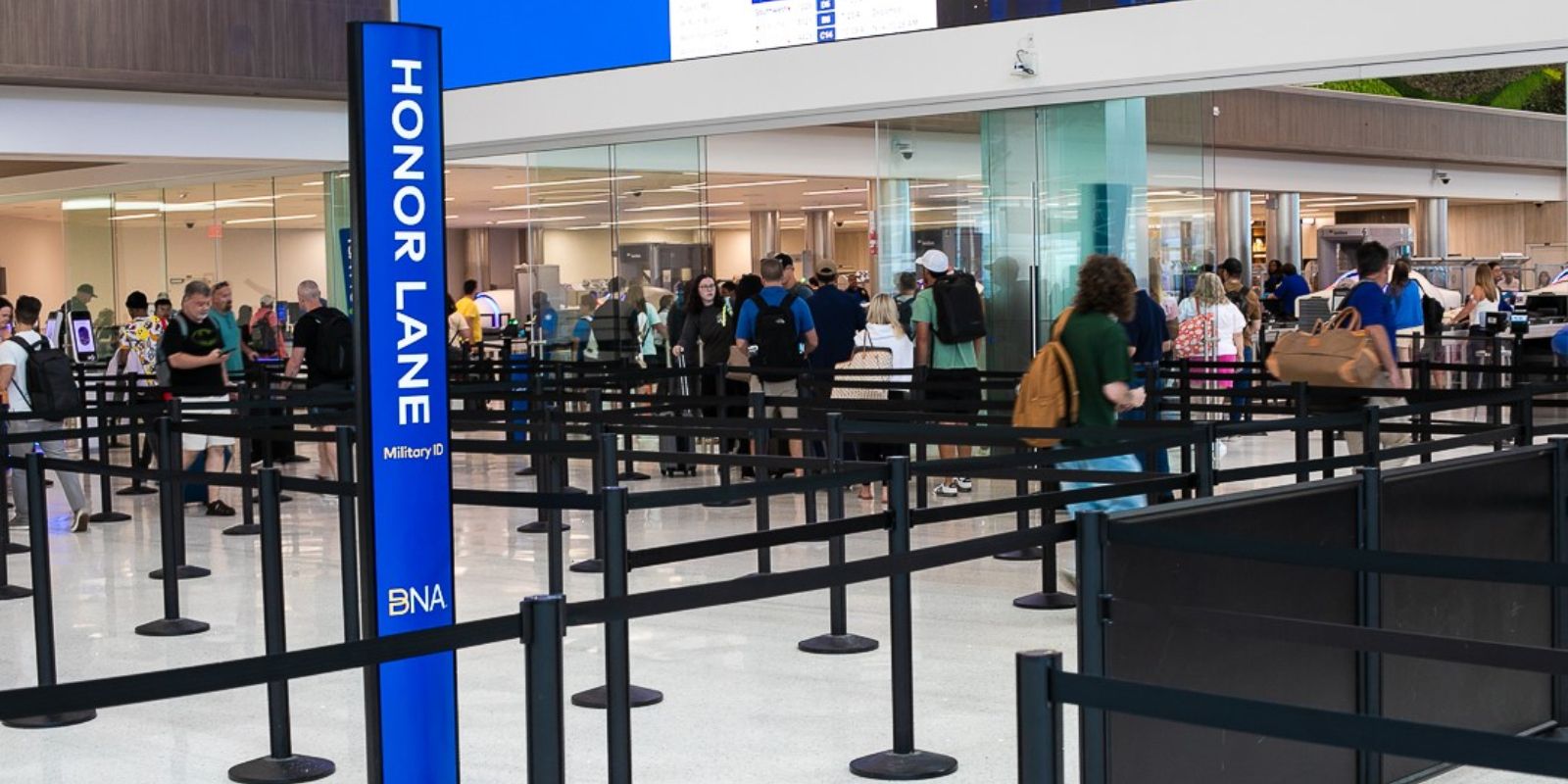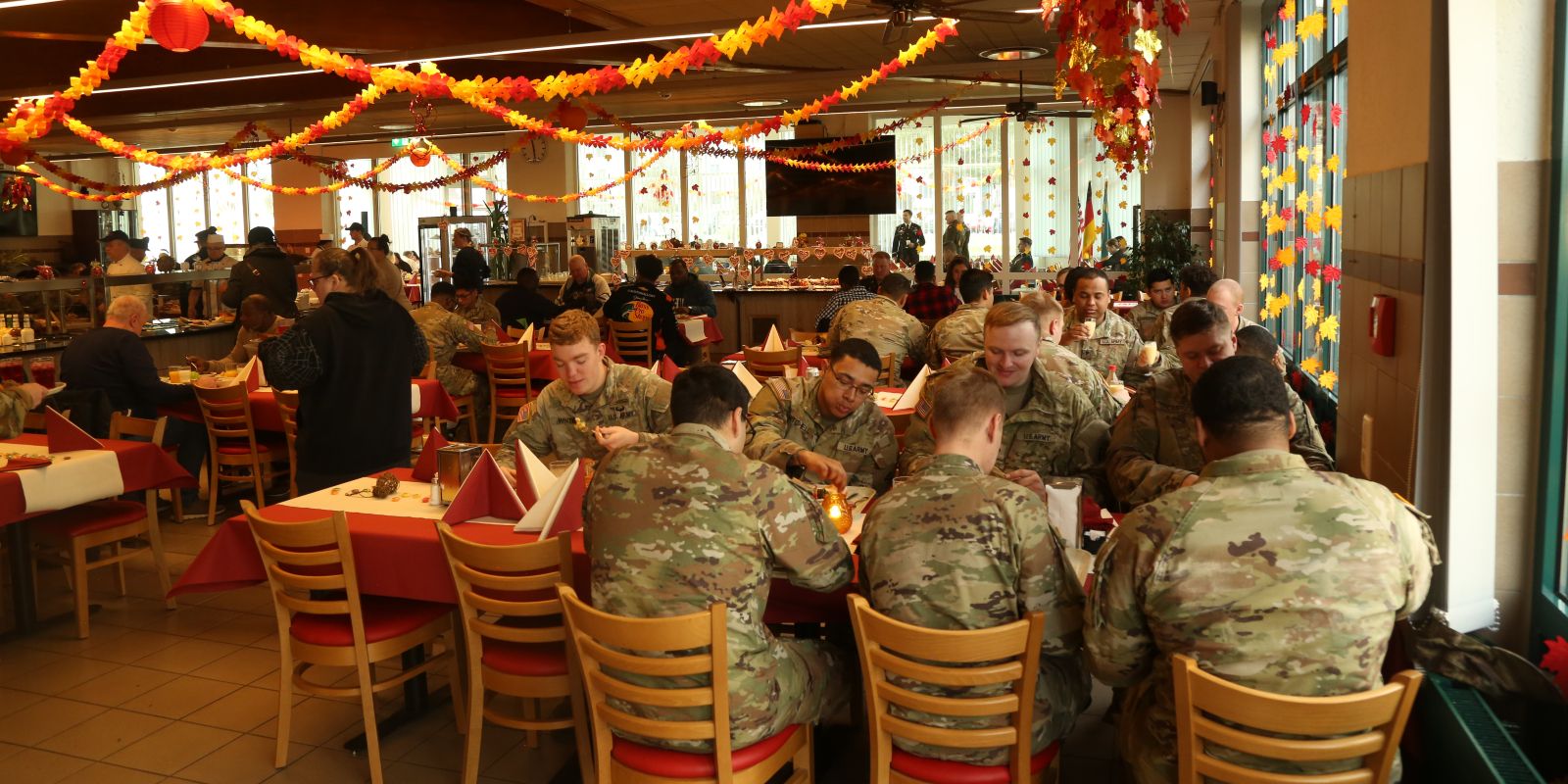THE SINKING OF THE USS LEXINGTON AND THE TALES THAT SURVIVED

ADVERTISEMENT
Some World War II stories are so dramatic, they sound almost unbelievable. The sinking of the USS Lexington—better known as “Lady Lex”—is one of them. This incredible true story includes explosions, fierce naval combat, a sinking aircraft carrier, and, surprisingly… Sailors eating pineapple ice cream while their ship burned behind them.
Yes—that really happened during the Battle of the Coral Sea, one of the most pivotal moments of the Pacific War.
Who Was “Lady Lex”?
Before diving into the dramatic events, it’s important to know who Lady Lex was. Despite the elegant nickname, Lady Lex wasn’t a person—she was one of the U.S. Navy’s earliest and most iconic aircraft carriers: the USS Lexington (CV-2).
Built to be fast, massive, and capable of launching and supporting naval aircraft, the Lexington served as a floating city and a symbol of American naval innovation. By spring 1942, she was fully engaged in operations across the Pacific.
When Japan began advancing toward Port Moresby, the U.S. deployed two carriers—the USS Yorktown and Lady Lex—into the Coral Sea. What followed made naval history.
Nobody Prepared You for Military Life
But we can help. Join over 100k spouses already getting the specific advice, resources, and military tea they need to thrive.
What Happened to the USS Lexington?
On the morning of May 8, 1942, the sea was calm, and the crew went about their duties, unaware that Japanese aircraft had already located them.
Just before midday, enemy torpedo bombers approached. At 11:20 a.m., the first torpedo slammed into the port side of the Lexington. A second torpedo hit almost immediately after, causing massive flooding and sending smoke billowing through the ship.
Bombs followed the torpedoes, but despite heavy damage, the crew fought back. They extinguished fires, patched ruptures, and for a moment, it looked like Lady Lex might survive.
But around mid-afternoon, a series of catastrophic internal explosions changed everything. Fires spread uncontrollably, and it became clear the ship could not be saved. Captain Frederick C. Sherman gave the final order: abandon ship.
Pineapple Ice Cream on the Flight Deck: A Surreal Moment
While Sailors prepared to evacuate in groups, a strangely human—and unforgettable—moment unfolded.
Electrician’s Mate James A. Phinney III, waiting for his group’s turn to evacuate, headed with others to the ship’s soda fountain, known as the Gedunk. Amid smoke, chaos, and explosions, the Sailors did something unbelievable:
They ate ice cream.
Another account came from sailor Julius Harry Frey, recorded in his Oral History Interview with the National Museum of the Pacific War. When he saw a locked hatch blocking access to the Gedunk, he grabbed a fire axe:
“It took only one blow to knock off the lock… I took my helmet off, went behind the counter, and loaded it with pineapple ice cream.”
He didn’t keep it for himself—he shared. Soon, men waiting to abandon ship were standing on a burning aircraft carrier, eating ice cream from their helmets.
Even in life-or-death situations, service members find ways to stay grounded, resilient, and even lighthearted.
The Final Minutes of Lady Lex
As the fires worsened, Captain Sherman ordered all remaining crew to evacuate. More than 2,700 Sailors were rescued, though tragically, 216 lost their lives.
The USS Lexington’s fate was sealed. Unable to save her and determined to prevent the Japanese from claiming her as a trophy, the U.S. Navy ultimately scuttled the ship.
Her loss was devastating—but her legacy lives on through the thousands of survivors who carried her story into history.
Lady Lex may have sunk, but she remains one of the most compelling legends of the Pacific War.
Read next:
- “The Last Full Measure:” the Anniversary of President Lincoln’s Gettysburg Address
- Operation Linebacker II: The Holiday Attack Hanoi Expected Least
- From Tracks to Tactics: How Trains of the Civil War Impacted Military Strategy
Sources:

Veteran, Military History & Culture Writer
BY ALLISON KIRSCHBAUM
Navy Veteran
Allison Kirschbaum is a Navy Veteran and an experienced historian. She has seven years of experience creating compelling digital content across diverse industries, including Military, Defense, History, SaaS, MarTech, FinTech, financial services, insurance, and manufacturing. She brings this expertis...
Credentials
- Navy Veteran
- 7 years experience in digital content creation
- Expertise across Military, Defense, History, SaaS, MarTech, FinTech industries
Expertise



